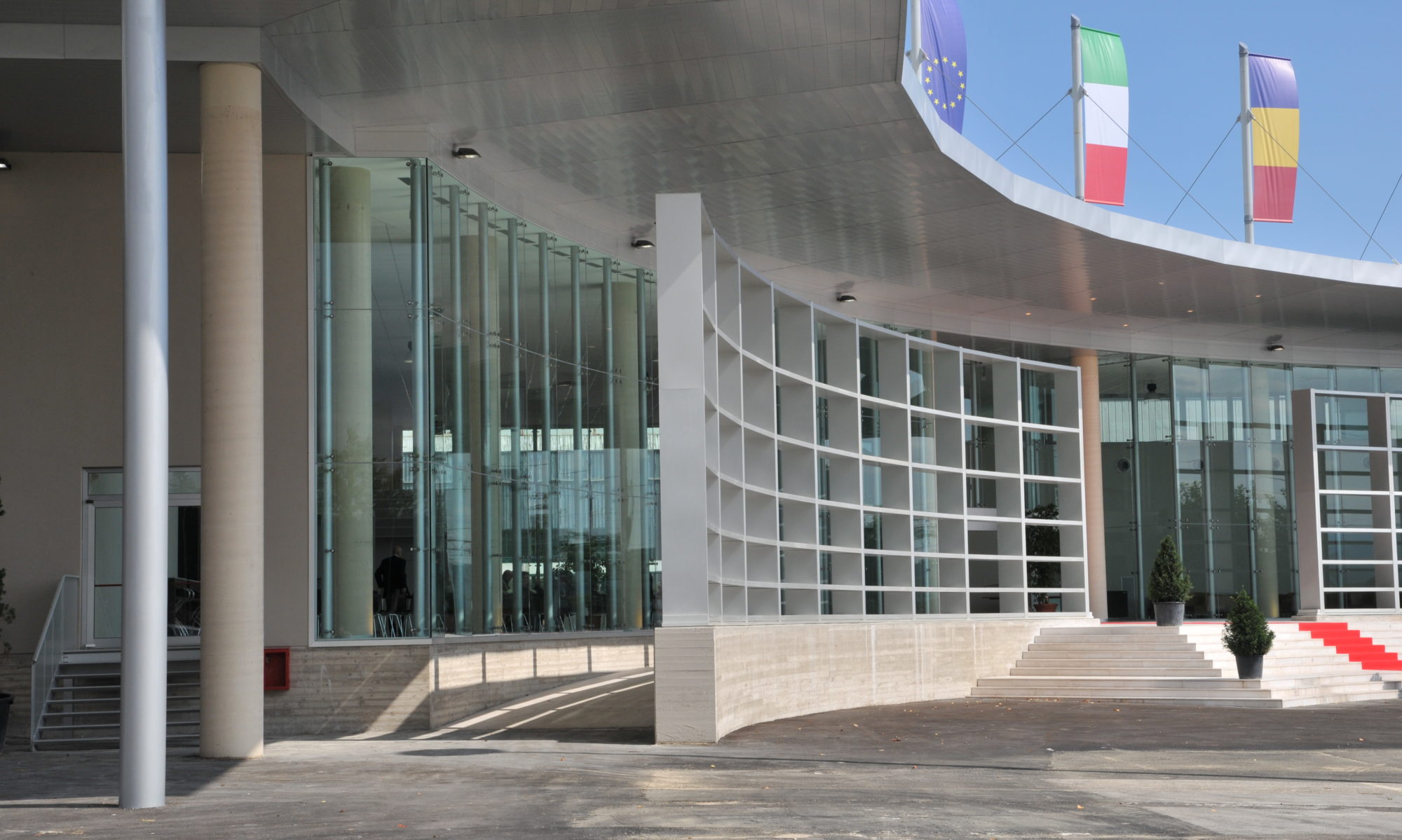ENG_The city comes to life in the open space, immersed in the atmosphere of day and night over the seasons (sun, rain, wind, fog, snow …), traveled and crossed by people and vehicles that each of us uses every day; all this makes the urban landscape dynamic, mobile and never the same as itself, in constant change in front of our eyes, our state of mind and our perception of the reality that surrounds us. Planning the urban space, taking care of its image (task and attention of the Public Administration), is therefore a more complex mission than a simple and naive placement of furnishing accessories. The care of the image of the city must start from public buildings, from the renewal or maintenance of usable components, take care of the functional and safety elements at the service of citizens, prevent the degradation of buildings over time by keeping them alive, used and usable for various activities public or private (rent), thus guaranteeing their physical and aesthetic protection. This action must be developed taking care of the quality of the interventions, taking the opportunity for a progressive reorganization and restoration of the damaged parts, for a correction of the dysfunctions and elements that generate disturbance in the urban scene always having respect for the history and culture of the places.
ITA_La città prende vita nello spazio aperto, immersa nell’atmosfera del giorno e della notte nel corso delle stagioni (sole, pioggia, vento, nebbia neve …), percorsa e attraversata dalle persone e dai mezzi che ognuno di noi utilizza ogni giorno; tutto ciò rende il paesaggio urbano dinamico, mobile e mai uguale a se stesso, in continuo mutamento di fronte ai nostri occhi, al nostro stato d’animo ed al nostro percepire la realtà che ci circonda. Pianificare lo spazio urbano, prendersi cura della sua immagine (compito ed attenzione della Pubblica Amministrazione), risulta quindi una missione più complessa di una semplice ed ingenua collocazione di complementi di arredo. La cura dell’immagine della città deve partire dagli edifici pubblici, dal rinnovo o manutenzione delle componenti usurabili, avere attenzione degli elementi funzionali e di sicurezza a servizio dei cittadini, impedire il degrado nel tempo dei fabbricati mantenendoli vivi, utilizzati ed utilizzabili per varie attività pubbliche o private (affitto), garantendone così la salvaguardia fisica ed estetica. Tale azione deve svilupparsi avendo cura della qualità degli interventi, cogliendo occasione per un progressivo riordino e restauro delle parti ammalorate, per una correzione delle disfunzioni e degli elementi che generano disturbo nella scena urbana avendo sempre presente il rispetto della Storia e della Cultura dei luoghi.


